
Hot bán an ninh kết hợp khóa móc bán buôn 81n-4d Nhà Máy Giá hành lý khóa an toàn MINDY ổ khóa và khóa

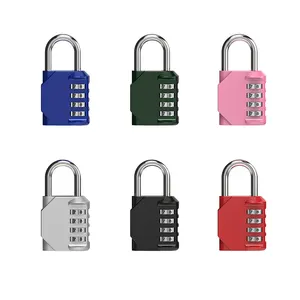
Nhiệm vụ nặng nề resettable kết hợp padlocks bán buôn 4 chữ số ổ khóa MINDY ổ khóa viro kết hợp khóa cho phòng tập thể dục Locker ngăn kéo





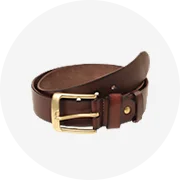



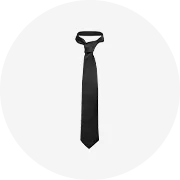




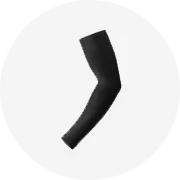





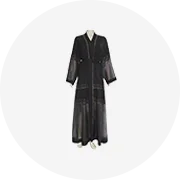
Tìm sự độc đáo. khóa đòn bẩy euro ở tình trạng tuyệt vời chỉ có trên Alibaba.com .. khóa đòn bẩy euro là một cách bỏ túi để mở rộng tủ quần áo của bạn để bạn không bao giờ phải xem lại và cũng rất tốt cho môi trường vì chúng giảm thiểu chất thải .. khóa đòn bẩy euro đang nhanh chóng trở nên phổ biến như một lựa chọn hợp thời trang và có ý thức xã hội.
Chọn từ nhiều loại. khóa đòn bẩy euro được bán trên Alibaba.com, để tìm những sản phẩm phù hợp nhất. Được cung cấp bởi những người bán đáng tin cậy, hãy yên tâm rằng các mặt hàng sẽ đáp ứng các tiêu chuẩn của bạn và khiến bạn muốn mua thêm. Với giá rẻ như vậy, mua những thứ này là một món hời hoàn hảo.